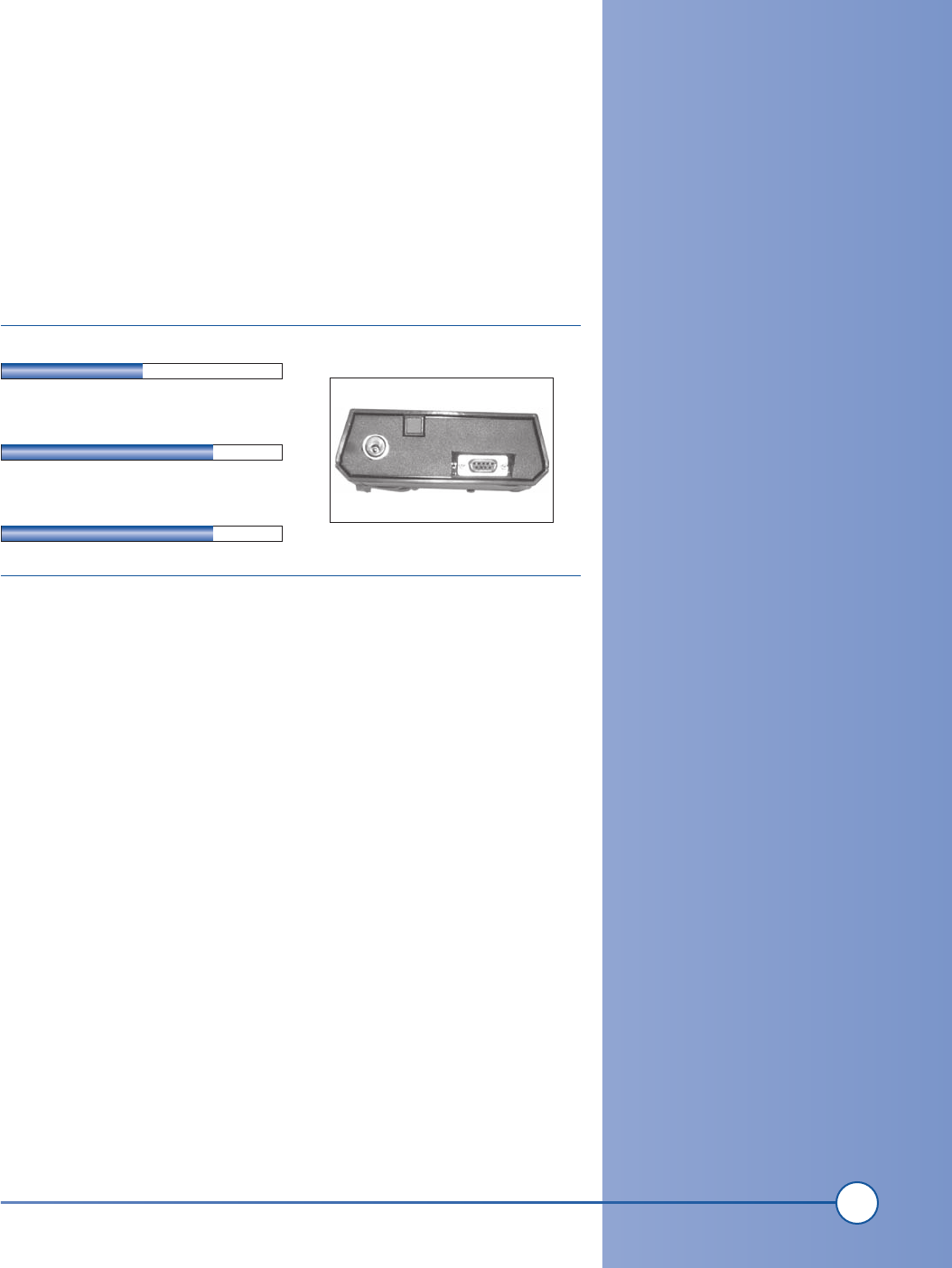
179
9
9. How to Build a
Cubicle Intrusion
Detection System
Cost
Time
Difficulty
$100
a weekend
difficult
One of the first jobs I had out of college was at Apple Computer. My office
was on a huge open floor that had been partitioned into cubicles.
The work I did at Apple involved some level of concentration, and the
sounds from others in adjacent cubes would often distract me. To combat
these distractions, I would wear a set of headphones to block out external
noise. Unfortunately, a new problem soon became apparent: I could not tell
when someone had come into my cube to ask me a question. The person in
the cube next to mine had the endearing habit of sneaking up behind me
and either grabbing my shoulders or tossing a ball of paper at me. I would,
of course, jump when startled in this way, and it invariably ruined my con-
centration for several minutes.
I decided to solve this new problem with a quick hardware hack. I built a
“cubicle intrusion detector” using a laser pointer, a BasicStamp2 (a com-
plete microcontroller you program using a version of the BASIC language),
and a photo-detector. The system worked by shining the light from the laser
pointer onto a photo-detector connected to a microcontroller. I directed
the laser light across the entrance to my cubicle and, using a small mirror,
reflected it back at the photo-detector so that the beam would be broken if
anyone walked into the cubicle. When a coworker interrupted the beam of
Credits
All photographs copyright © 2003 Scott Fullam.
What You Need
• Laser diode module or Radio Shack
entry alert
• BasicStamp2 controller
• Empty 35mm, APS film canister,
or other small, opaque, drillable
container
• Other items listed in
Exhibit A or B
ch09_cube.indd 179
1/13/2002 4:14:30 PM
Get Hardware Hacking Projects for Geeks now with the O’Reilly learning platform.
O’Reilly members experience books, live events, courses curated by job role, and more from O’Reilly and nearly 200 top publishers.

